Retro Replay Review
Gameplay
Purgatorio invites players into a point-and-click adventure that values atmosphere and exploration over lengthy tutorials or hand-holding. The menu-driven interface at the top of the screen lets you walk, examine, pick up, and use items found in the environment. While this control scheme may feel familiar to veterans of classic AGS adventures, it remains intuitive enough for newcomers to grasp quickly.
One of the game’s standout features is the pacing. Although relatively short, the sense of isolation is palpable thanks to its sparse population and the few remaining characters’ odd behaviors. Time-based puzzles add a layer of urgency, ensuring you can’t simply wander at your own leisure without risk—it is possible to die in Purgatorio. This element heightens the tension, particularly during key sequences where precision and timing matter.
Puzzles in Purgatorio aren’t overly complex, but they’re thoughtfully integrated into the environment. Most challenges revolve around using found objects in unexpected ways or interpreting subtle visual cues hidden within the photos that form the backdrop. Conversations with the few inhabitants are brief yet eerie, suggesting a deeper mystery beneath the surface. Overall, the gameplay loop of exploration, puzzle-solving, and occasional peril strikes a satisfying balance.
Graphics
Visually, Purgatorio is unlike most freeware adventures you’ll encounter. The world is constructed entirely from real photographs of the developer’s hometown, digitally manipulated to convey a haunting, otherworldly feel. This photographic foundation provides an unsettling authenticity; you never quite feel like you’re in a hand-drawn fantasy, but rather in a distorted version of reality.
Interspersed with the photo backdrops are hand-drawn art elements that highlight objects of interest or amplify atmospheric details. These drawings blend seamlessly with the photographic scenery, guiding your eye without breaking immersion. The muted color palette and occasional glitch-style overlays contribute to a sense of decay and abandonment that permeates every frame.
While some may find the photographic approach less polished than high-budget titles, it perfectly suits the game’s themes of memory, loss, and confusion. Jonathan Lynch’s willingness to experiment with mixed media gives Purgatorio a distinct visual identity. Even on a modest freeware budget, the art direction is bold and memorable.
Story
Purgatorio centers on Frank O’Shea, a peacekeeper who awakens unconscious in a strange, desolate town after a covert mission goes awry. The narrative unfolds organically as you explore deserted streets and half-empty buildings, piecing together clues about what happened and why Frank can’t recall the full story. The setup immediately draws you into a mystery that feels personal yet universal in its themes of isolation and unrest.
Dialogue is sparse but effective. The few residents you encounter speak in uneasy tones, their cryptic remarks hinting at deeper secrets and a shared trauma that may have befallen the entire town. This restraint in storytelling allows the environment itself to become the primary vehicle for lore, as you interpret signs, news clippings, and overheard murmurs to fill in the gaps.
Despite its brevity, Purgatorio’s narrative packs an emotional punch. The gradual revelation of Frank’s fractured memories and the town’s unsettling transformation culminate in a finale that lingers long after the credits roll. The story may not offer extensive plot twists, but its deliberate pacing and eerie mood make each discovery feel earned.
Overall Experience
As a college project turned freeware release, Purgatorio punches well above its weight. Its short runtime—roughly one to two hours for a casual playthrough—means the experience is concise, with little filler. Each segment of gameplay feels purposeful, whether you’re navigating a dimly lit alley or solving a timed puzzle under pressure.
The combination of real-world photography, custom music, and drawn art creates an immersive horror atmosphere that sets Purgatorio apart from other indie and freeware adventure titles. Jonathan Lynch’s score and ambient effects underscore the sense of foreboding, making silence as impactful as sudden audio cues. It’s a testament to how resourceful design and strong creative vision can overcome budget limitations.
For adventurers seeking a brief but memorable horror-themed journey, Purgatorio is highly recommended. It may not offer dozens of hours of gameplay, but what it does provide is a tightly woven atmospheric mystery that stays with you. Whether you’re a fan of classic point-and-click adventures or simply curious about experimental indie horror, this freeware gem is well worth your time.
 Retro Replay Retro Replay gaming reviews, news, emulation, geek stuff and more!
Retro Replay Retro Replay gaming reviews, news, emulation, geek stuff and more!
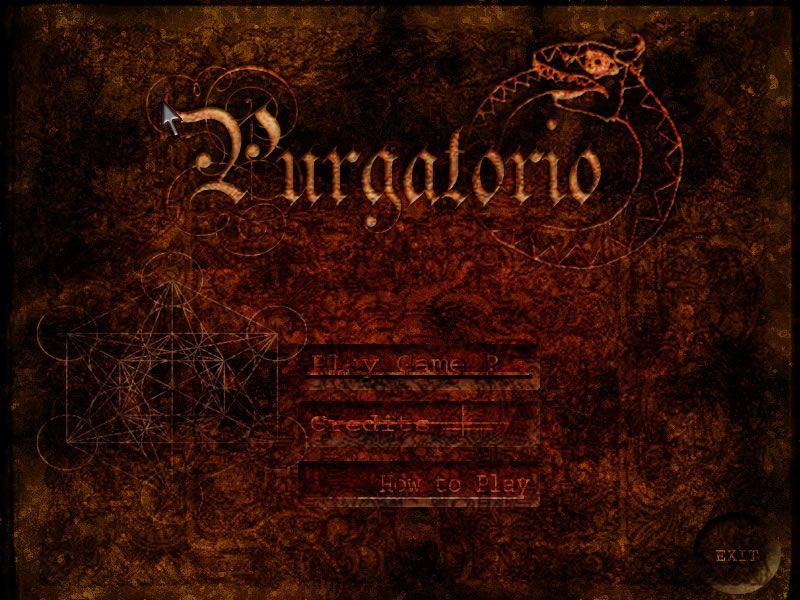
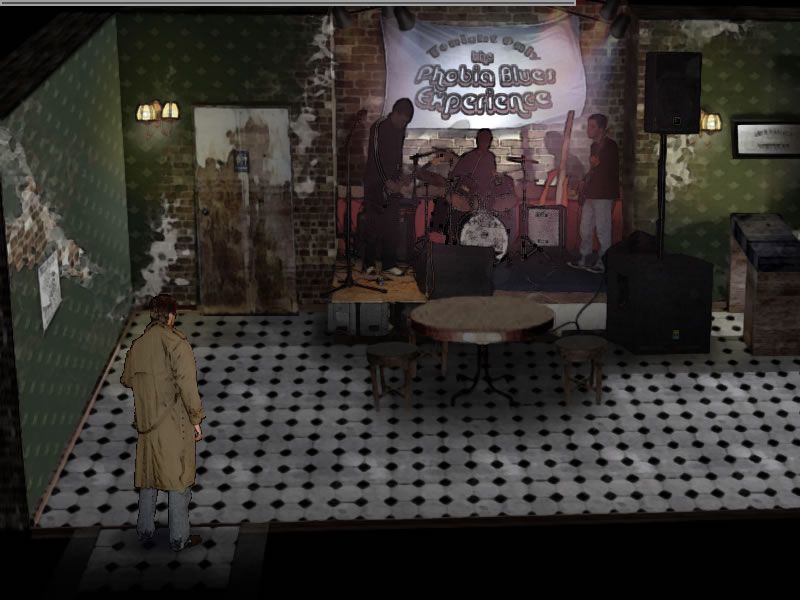
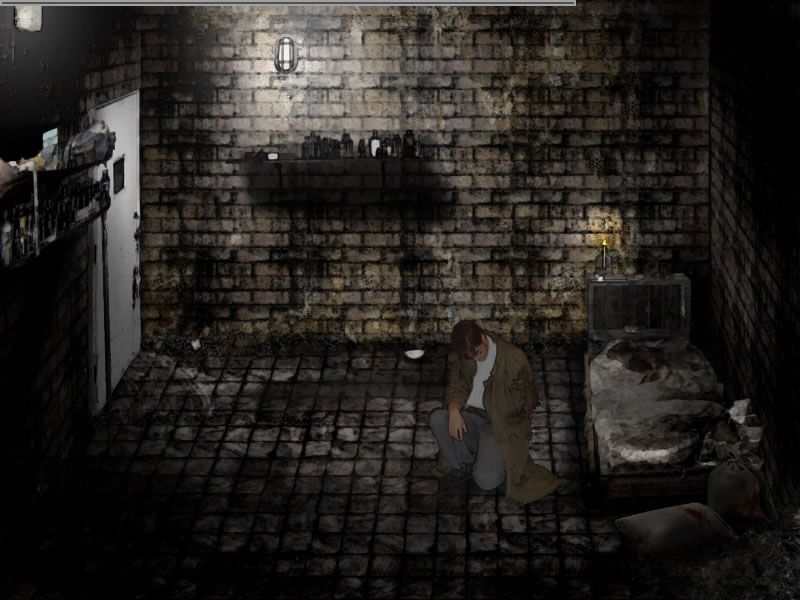
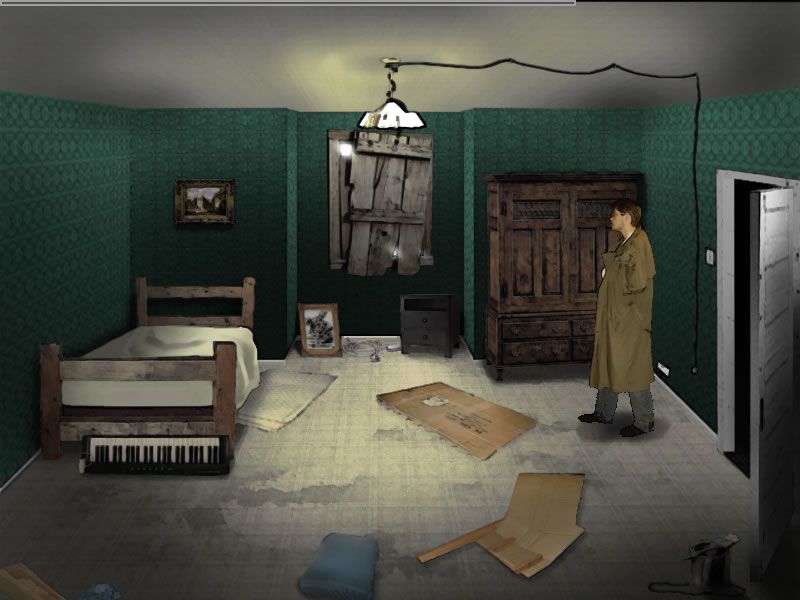

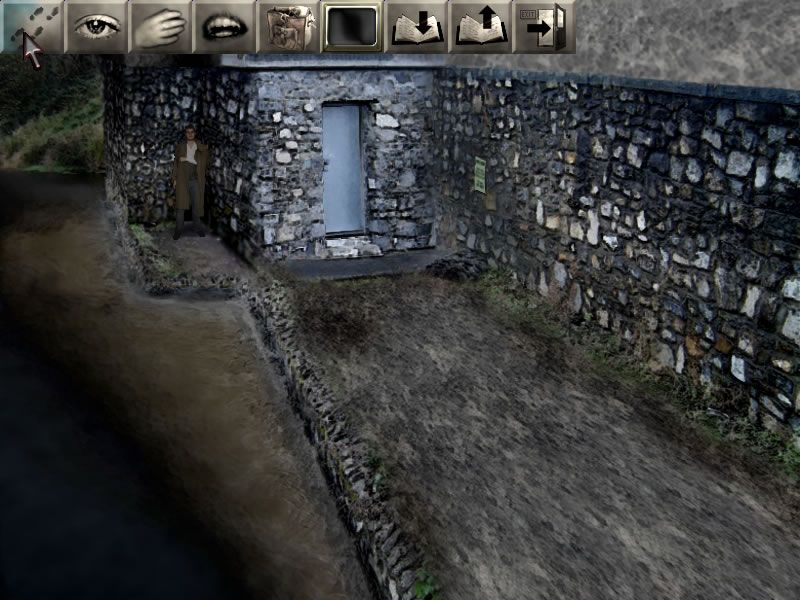



Reviews
There are no reviews yet.